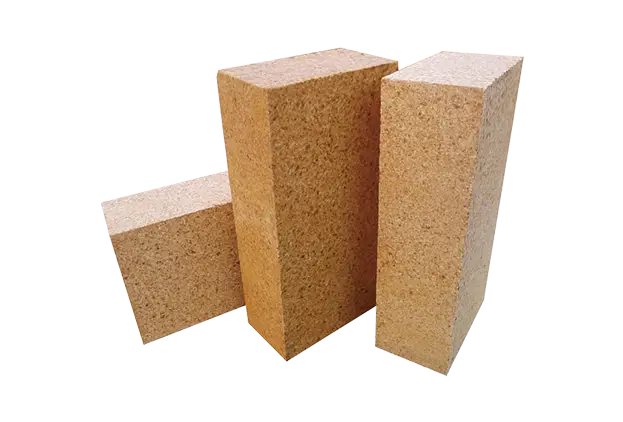As someone who has spent years observing the intricacies of the refractory materials industry, it's both fascinating and enlightening to witness the remarkable changes that are taking place. The market is not just evolving; it is transforming in ways that provide unprecedented opportunities for innovation and growth. In this article, I aim to share my insights into the emerging trends and effective strategies that can help stakeholders proactively respond to these changes.
One of the prominent trends I’ve noticed is the increasing demand for high-performance refractory materials, especially with the ongoing advancements in manufacturing processes. Clients are now seeking materials that not only withstand extreme temperatures but also offer improved sustainability. This shift towards eco-friendly solutions aligns with the global push towards greener manufacturing practices, presenting a unique challenge and opportunity for the industry.
To navigate this evolving landscape effectively, companies must prioritize innovation in their product development processes. This means investing in research and development to create new formulations that meet both performance and environmental standards. Embracing cutting-edge technologies, such as advanced ceramics and nanotechnology, could provide a competitive advantage, positioning companies as leaders in the industry.

In light of these trends, stakeholders must adopt a proactive approach to market changes. This includes not only refining existing product lines but also exploring partnerships within the supply chain to enhance resilience and adaptability. Collaborative efforts with suppliers and research institutions can yield significant insights, driving innovation and helping companies to keep pace with customer demands.
With these dynamics at play, the outlook for the refractory materials market is optimistic. The potential for growth is substantial, especially for those who are willing to embrace change and explore new avenues for development. As we move forward, maintaining an agile mindset will be key to thriving in this vibrant sector.
In conclusion, with a deep understanding of market trends and a commitment to innovation, stakeholders can effectively navigate the complexities of the refractory materials market. Let us embrace these changes with confidence and enthusiasm, for the future holds great promise for those ready to adapt and excel.
